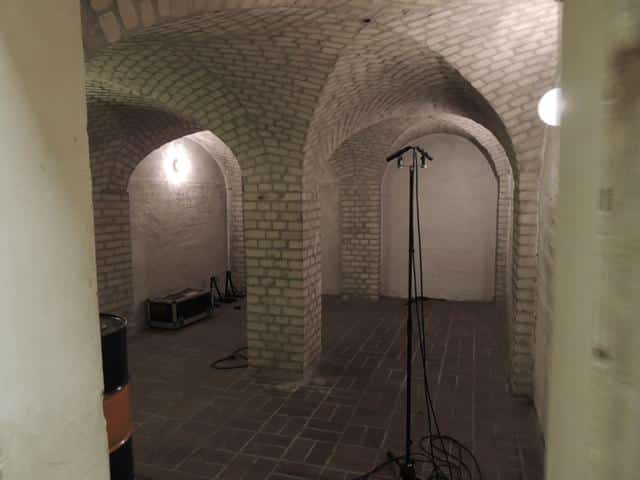
Getting to Know Your Different Reverbs
Reverb is one of your most important tools for sound design and mixing as a music producer. The perfect reverb type with the right settings (dry/wet, decay time, size, etc.) can make a sound or mix come alive, and the wrong type and settings can kill a mix for a variety of reasons. Your most important tool for the right reverb is your ears and while it is a relatively simple concept, like everything in music production, reverb becomes a deep rabbit hole once you start getting into all of its possibilities. Ask Audio recently did a nice overview of the different reverb types and we thought we’d do our own to provide our community with what we found to be some very useful tips and guidelines. Below we’ll go over a few of the major types of reverb and their common usage.
[divider style=”clear”]
Hall

Hall reverbs replicate different types of hall sounds from large concert halls, to medium halls, to gymnasiums, to cathedrals and churches. These are big sounds and add a lot of space. These typically are used on pad sounds or string instruments, or vocals if you’re looking for a huge sound. Also, if your style tends more toward washed out sounds or vocals – hall reverbs are great for this effect. I personally love automating this type of reverb on sounds for some transitions, the sound will start to feel farther away as the sound becomes wetter and when the section ends it will leave a nice reverb tail transitioning into your next section.
[divider style=”clear”]
Room

Room reverbs replicate different types of room sounds of which there are many variations. Everything affects the sound from the material of the floors and walls, whether the room has any carpeting, the size of the room, the height of the ceilings in relationship to the size of the room, and the list goes on. Room reverbs can be big but don’t have to be. A room reverb can simply add a nice ambiance to a dry sound or can shape the tone of a sound very differently – using something like a garage room sound in comparison to an office room sound. Room sounds are varied in their usage because each type of room can provide you with very different results. For our beginners, try using gentle room sounds on your dry signals just to add some life to the sound.
[divider style=”clear”]
Chamber

Chamber reverbs will give you massive, beautiful reverb sounds that will add depth to a sound or mix. Physical chambers were used masterfully in the 1950s and 1960s by The Beatles, The Beach Boys, Motown, Phil Spector, and more to create a new sound of music that had so much space and felt more grandiose than anything heard before. The typical factors shape the chamber reverb sound – chamber size, material the chamber is made out of, etc. Today we use plug-ins that emulate different types of chamber sounds and have the ability to adjust all variables to our desire. Use chambers in a similar fashion as hall reverbs, but the sounds ARE different from the simple fact that a chamber is not a hall!
[divider style=”clear”]
Plate

Plate reverbs are an artificially created reverb sound (they do not emulate a physical space). This means they have no real spatial character which allows them to be of great use as a musical effect different from the other reverbs we’ve mentioned. Plate reverb creates a dense sound very quickly with no early reflections. These are commonly used on vocals and other instruments you want to keep present with a strong attack but add some beefiness to the sound.
[divider style=”clear”]
Spring

Spring reverbs are another artificially created sound, but instead of being created by using the vibration of plates, they were created using the vibration of springs. Similar to plates, there is no spatial character so they can be used to beef up a sound without creating a sense of place. Spring reverbs do tend to be brighter than plates.
[divider style=”clear”]
Check out some audio examples of the different types of reverb below:
Various reverbs on the same drum sound:
[su_youtube_advanced url=”https://www.youtube.com/watch?v=cGBn7sU6m3k” showinfo=”no” rel=”no” modestbranding=”yes” https=”yes”][su_video url=”https://www.youtube.com/watch?v=Fjb4U-cUGSE”][/su_youtube_advanced]
[divider style=”clear”]
A walk through a chamber:
[su_youtube_advanced url=”https://www.youtube.com/watch?v=_6ygfxmdi_w” showinfo=”no” rel=”no” modestbranding=”yes” https=”yes”][su_video url=”https://www.youtube.com/watch?v=Fjb4U-cUGSE”][/su_youtube_advanced]
[divider style=”clear”]
[layerslider id=”26″]








0 responses on "Getting to Know Your Different Reverbs"